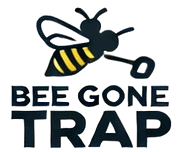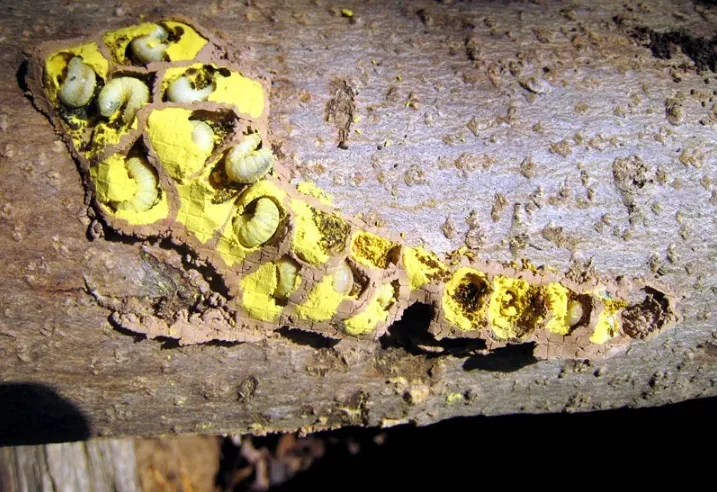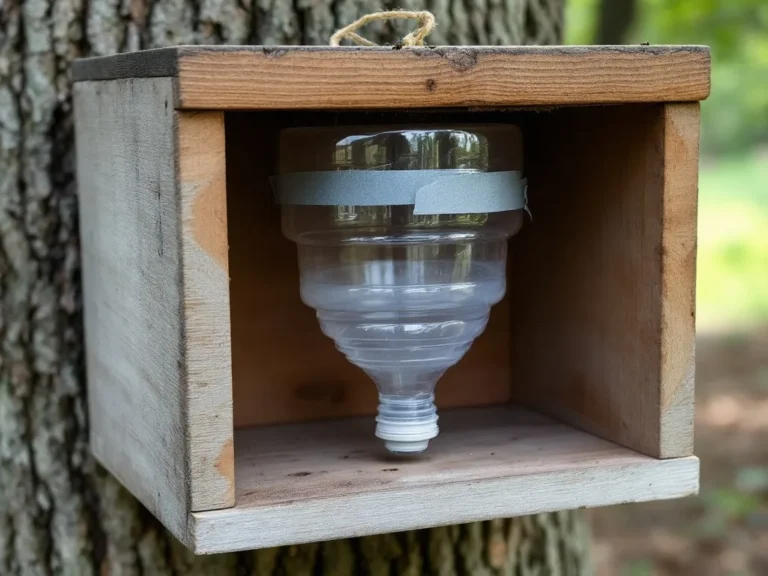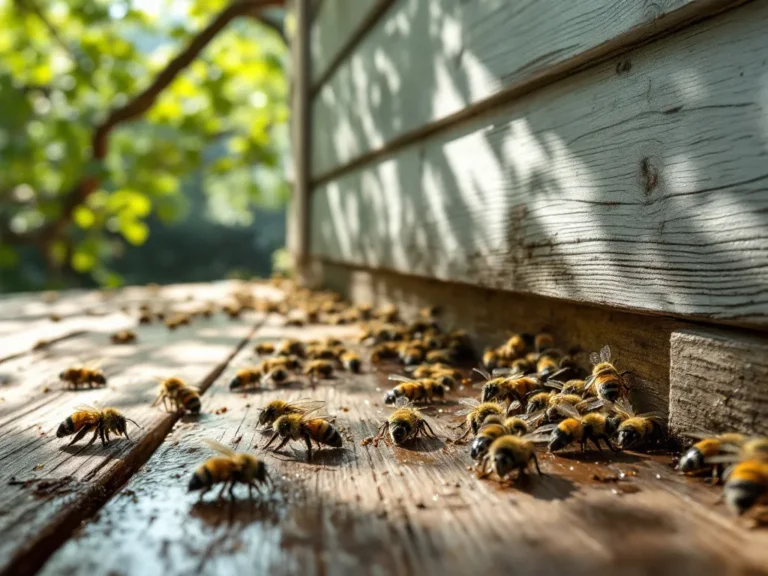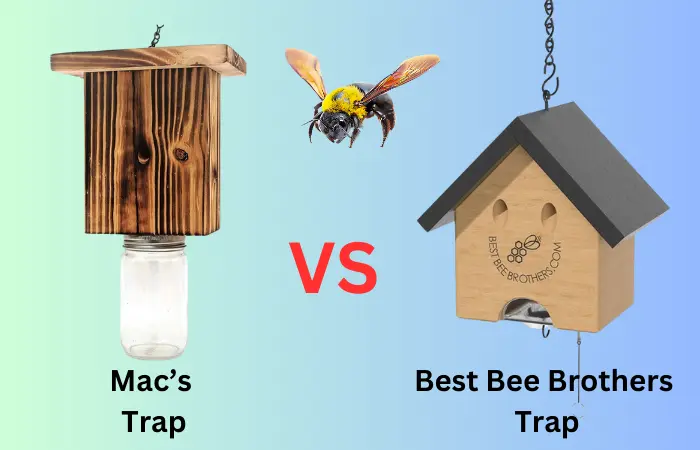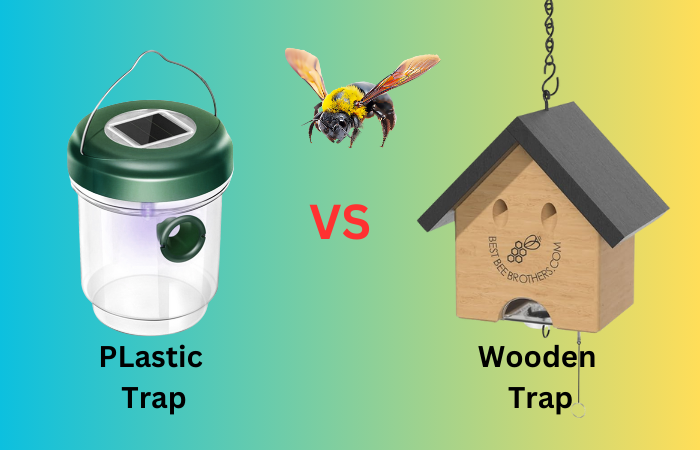Carpenter bees might look harmless, but their larvae can wreak havoc on your wooden structures, from fences and decks to eaves and garden sheds. If you’re facing a carpenter bee infestation, dealing with their larvae is crucial to prevent further damage. In this guide, we’ll explore effective methods to kill carpenter bee larvae, helping you protect your home and garden.
Understanding Carpenter Bee Larvae
Before diving into solutions, it’s essential to understand what you’re dealing with. Carpenter bee larvae are the immature stage of these bees, hatching from eggs laid by adult females inside tunnels they’ve bored into wood. These larvae feed on wood and are responsible for the structural damage often seen in homes and gardens.
Identifying Carpenter Bee Larvae
Visual Indicators:
- Wood Damage: Look for holes in wooden structures with sawdust or wood shavings around them. These are signs that carpenter bees have been active.
- Larvae Appearance: Carpenter bee larvae are white and worm-like, typically found within the tunnels they’ve created.
Seasonal Clues:
- Spring and Summer: This is when carpenter bees are most active, and you’re more likely to find evidence of larvae.
- Late Summer and Fall: Larvae are nearing maturity and feeding heavily, which can increase visible signs of damage.
Effective Methods to Kill Carpenter Bee Larvae
- Insecticidal Dust:
- How It Works: Insecticidal dust, such as boric acid or insecticides specifically designed for bees, can be applied directly into the tunnels where larvae reside.
- Application: Use a duster or applicator to puff the dust into the entrance holes. The dust clings to the larvae and kills them.
- Pros: Effective and easy to apply.
- Cons: Requires careful handling and application to ensure safety and effectiveness.
- Pesticide Sprays:
- How It Works: Pesticide sprays can be used to treat the affected areas and kill larvae and adult bees.
- Application: Apply the spray according to the manufacturer’s instructions, targeting the entrance holes and surrounding wood.
- Pros: Quick and often effective.
- Cons: Some pesticides can be harmful to beneficial insects and pets, so use with caution.
- Natural Remedies:
- How It Works: Natural remedies like neem oil or a mixture of dish soap and water can be used to kill larvae.
- Application: Spray or pour the solution into the tunnels and around the affected wood.
- Pros: Less harmful to the environment and non-toxic.
- Cons: May require repeated applications and may not be as effective as chemical treatments.
- Professional Pest Control:
- How It Works: Pest control professionals have access to specialized treatments and equipment to deal with severe infestations.
- Application: Professionals will inspect your property, apply treatments, and advise on prevention.
- Pros: Comprehensive and effective for severe infestations.
- Cons: Can be expensive and may involve chemicals.
Prevention Tips to Avoid Future Infestations
- Seal Entry Points: Use wood fillers or caulk to seal holes and prevent carpenter bees from nesting.
- Apply Protective Coatings: Regularly paint or varnish wooden surfaces to make them less attractive to carpenter bees.
- Install Bee Traps: Carpenter bee traps can help capture and reduce the population of adult bees before they lay eggs.
Safety Considerations
When using insecticides or pesticides, always follow the manufacturer’s instructions to ensure safety for yourself, your family, and pets. If you’re using natural remedies, ensure they are applied correctly to maximize effectiveness and minimize potential harm.
Helpful Links
- Websites: Visit sites like The Home Depot, Lowe’s, and Pest Control Guide for pest control products and advice.
- Books: “The Organic Gardener’s Handbook of Natural Insect and Disease Control” by Fern Marshall Bradley and “Pests of the Garden and Small Farm” by Mary Louise Flint offer in-depth information on managing pests.
- Videos: Check out tutorials on YouTube for step-by-step guides on applying insecticidal dust and sprays.
Questions We Get Asked
How can I identify carpenter bee larvae in my home? Look for holes in wooden structures and the presence of sawdust or wood shavings around these holes.
What are the most effective methods for killing carpenter bee larvae? Insecticidal dust, pesticide sprays, natural remedies, and professional pest control are all effective methods.
Are there any natural remedies for carpenter bee larvae? Yes, neem oil or a mixture of dish soap and water can be used as natural treatments.
How can I prevent carpenter bee larvae from infesting my property? Seal entry points, apply protective coatings to wood, and install bee traps.
When should I seek professional help for carpenter bee larvae? If the infestation is severe or persistent, professional pest control may be necessary for effective treatment.
Final Toughts
Dealing with carpenter bee larvae is crucial to protecting your home and garden from damage. By identifying the problem early and choosing the right treatment method, you can effectively manage and prevent carpenter bee infestations. Whether you opt for DIY solutions or professional help, taking action promptly will help preserve the integrity of your wooden structures and keep your outdoor spaces safe.
Feel free to share your experiences or seek additional advice on managing carpenter bee infestations. Stay proactive and protect your property from these unwelcome pests!
